
All-in-one infrastructure solutions may be what is needed to drive the adoption of Web3, but such solutions might turn out to be complex and not as flexible, Rob Viglione, the co-founder and CEO at Horizen Labs, has argued. In addition, Viglione believes that such comprehensive infrastructure solutions “may not be as compatible with tools that sit outside of the services tech stack.”
Making Infrastructure Solutions ‘More Interoperable and Composable’
Furthermore, all-in-one infrastructure solutions are likely to make it difficult for developers to adapt their applications to new programming standards, the CEO of the blockchain solutions group added. Meanwhile, when asked why sidechains are needed, Viglione pointed to their ability to expand the functionality of existing blockchains “requiring significant modifications to their core codebase.”
In written answers sent to Bitcoin.com News, the co-founder also argued that sidechains can play a critical role in Web3 by “providing the scalability and flexibility needed for real-world applications.” With respect to ways that the so-called Web3 backbone can be strengthened, Viglione said this can be done by making infrastructure solutions like blockchain software development kits (SDKs), wallet SDKs and dapp development tool kits “more interoperable and composable.”
In the rest of his answers to questions sent to him via Telegram, Viglione also offered thoughts about the future of application or enterprise-specific custom chains.
Bitcoin.com News (BCN): When looking at the existing Web3 infrastructure, one can see that it is dominated by specialized players in various areas — such as node providers, indexers, SDKs, and wallets. Do you think all-in-one infrastructure could improve the developer experience to accelerate Web3 adoption?
Rob Viglione (RV): A key determinant for the adoption of Web3 is ease of use. Developers must be able to build and scale blockchains and dapps, and users must be able to interact with them with minimal friction. Infrastructure providers like Ankr, Thirdweb, and others help reduce the barrier to entry for developers looking to launch new projects. All-in-one infrastructure providers allow developers to develop tools more easily and quickly, shortening the time required to go to market and test out ideas.
An all-in-one infrastructure could benefit developers by eliminating any compatibility issues between wallets, smart contracts and nodes as all components would be offered as a single packaged service.
While these companies offer plenty of supporting tools for developers launching web3 applications, it remains to be seen how well each tool performs relative to competitors that are focused entirely on one type of infrastructure.
BCN: What would be the downside, if any, for developers and enterprises relying on an all-in-one infrastructure solution?
RV: The main drawbacks of all-in-one infrastructure solutions are complexity and lack of flexibility. Developers will need to contend with UX/UI designs that may be suboptimal for their applications, while customization may be expensive or limited due to standardized setups. Furthermore, comprehensive infrastructure solutions may not be as compatible with tools that sit outside of the services tech stack. This could make it difficult for developers to adapt their applications to new programming standards.
BCN: With the era of multi-chain Web3 now seemingly upon us, what do you think are some of the challenges to ensuring better cross-chain privacy and security?
RV: Challenges include poor smart contract auditing practices that lead to bridge hacks, and the nascent implementation of zero-knowledge proofs to ensure privacy. Maintaining cross-chain security requires robust and universal auditing practices, which is difficult to achieve in an industry where new programming standards and cryptography methods are constantly being implemented across different blockchains.
When these blockchains become connected via a bridge, there is often very limited communication between them beyond authenticating the existence of assets on either side of the bridge. Upgrades to different areas of the protocol could have an impact on the bridge contract and expose new vulnerabilities if not carefully monitored.
BCN: In the last few years, sidechains are said to have become essential for helping pre-existing blockchains acquire the capabilities they lacked. Can you tell our readers the fundamental value proposition of sidechains and their role in taking Web3 mainstream?
RV: The fundamental value proposition of sidechains lies in their ability to expand the functionality of existing blockchains without overloading them or requiring significant modifications to their core codebase. Sidechains are essentially independent blockchains that are interoperable with the main blockchain and allow for the transfer of assets between chains.
This interoperability allows for a network of blockchains to operate as a single blockchain, thereby addressing issues of scalability and interoperability. For example, Horizen EON is an EVM-compatible sidechain launching on the Horizen blockchain, which will bring smart contract functionality to Horizen.
Sidechains can be optimized for specific traits like speed, security, privacy, and decentralization, and can be made private and permissioned or public and permissionless. This flexibility allows developers to build applications that are tailored to specific use cases, without being constrained by the characteristics of the main blockchain.
In terms of taking Web3 mainstream, sidechains can play a crucial role by providing the scalability and flexibility needed for real-world applications. They allow developers to build on top of existing projects without needing to achieve consensus for protocol changes, which can be a cumbersome process. This gives developers more freedom while maintaining the advantages of the main blockchain.
BCN: Your company Horizen is said to have recently introduced the EVM-compatible EON sidechain. What does EON mean for developers and users?
RV: Horizen’s EON is a public proof-of-stake sidechain and a fully EVM-compatible smart contracting platform. It takes Horizen’s focus on interoperability to a new level. For developers, this means they can easily build and deploy decentralized applications (dapps) within the security-focused Horizen ecosystem while also taking advantage of the programmability afforded by the Ethereum standard. This compatibility with Ethereum’s Virtual Machine (EVM) allows developers to leverage the existing tools, infrastructure, and community of Ethereum, which can significantly reduce development time and costs.
For users, EON offers the potential for more decentralized applications to be built on the Horizen platform. These could include decentralized finance (defi) applications, games, NFT marketplaces, loyalty programs, voting systems, and more.
Moreover, Horizen’s sidechain deployment protocol, Zendoo, allows developers to deploy their own independent blockchain like Horizen EON to meet their specific needs. This provides developers with greater control and flexibility over the speed, security, and decentralization of their blockchain.
BCN: While users may not interact with the underlying infrastructure, there’s no denying that infrastructure solutions form the backbone of Web3. What, in your opinion, still needs to be done to strengthen this backbone?
RV: Infrastructure solutions like blockchain SDKs, wallet SDKs and dapp development tool kits need to become more interoperable and composable in order to strengthen the backbone of Web3. Given the competitiveness of the web3 market, there’s often little motivation for these projects to establish common standards or work together in a manner that decreases difficulties for end users operating on-chain. As a result, we’ve seen fragmented liquidity, suboptimal user interfaces and security vulnerabilities as developers have tried to achieve interoperability between systems.
BCN: What are your thoughts on the future of the application or enterprise-specific custom chains?
RV: We see a bright future for app-specific chains (app chains). It’s clear that different use cases prioritize different blockchain features. A game, for instance, might value throughput more than decentralization; a financial application, meanwhile, might sacrifice some speed for higher security. A platform like Horizen enables this flexibility by offering a way for developers to spin up sidechains optimized for specific types of applications and offering interoperability between those blockchains, the Horizen mainchain, and even other blockchain ecosystems. The future will not be “one size fits all;” instead, flexibility and interoperability will be defining features.
What are your thoughts on this story? Let us know what you think in the comments section below.

You can get bonuses upto $100 FREE BONUS when you:
💰 Install these recommended apps:
💲 SocialGood - 100% Crypto Back on Everyday Shopping
💲 xPortal - The DeFi For The Next Billion
💲 CryptoTab Browser - Lightweight, fast, and ready to mine!
💰 Register on these recommended exchanges:
🟡 Binance🟡 Bitfinex🟡 Bitmart🟡 Bittrex🟡 Bitget
🟡 CoinEx🟡 Crypto.com🟡 Gate.io🟡 Huobi🟡 Kucoin.
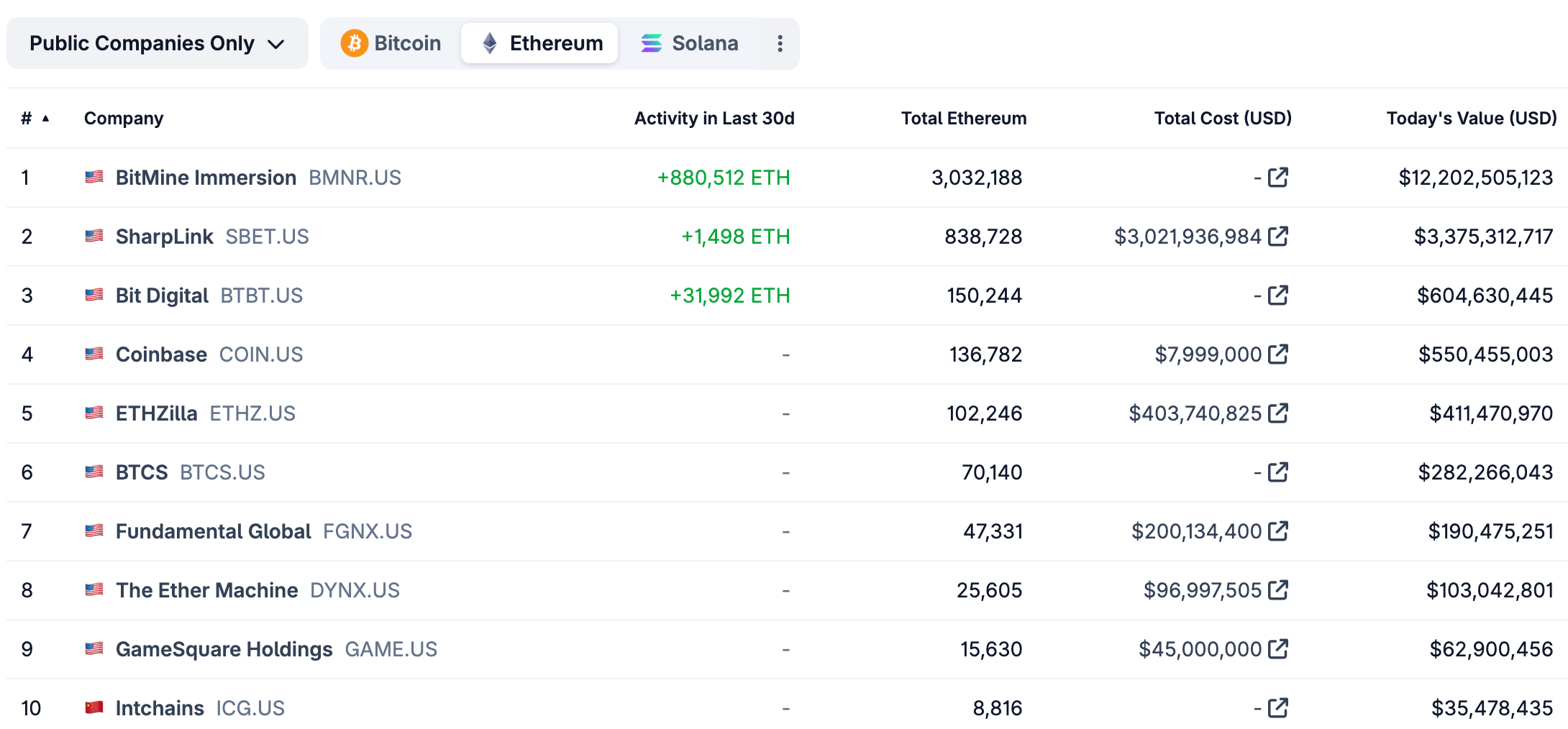




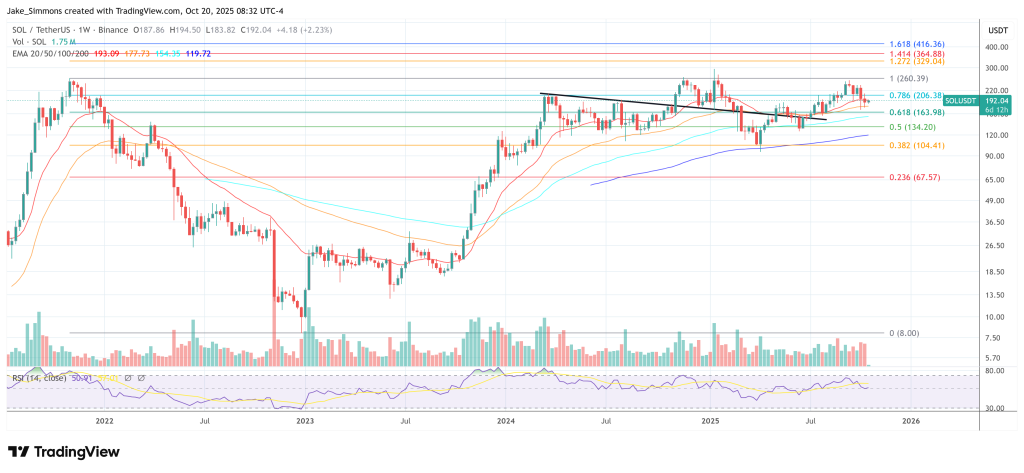
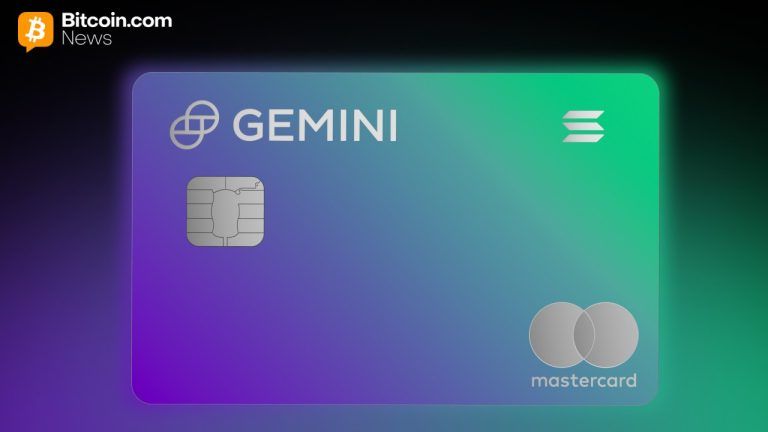




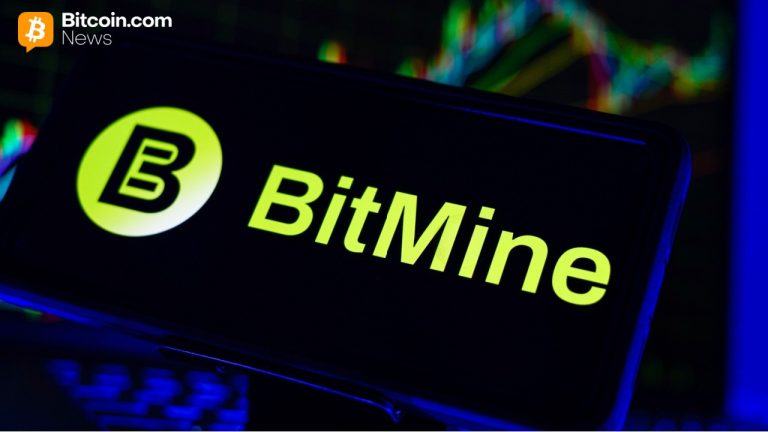





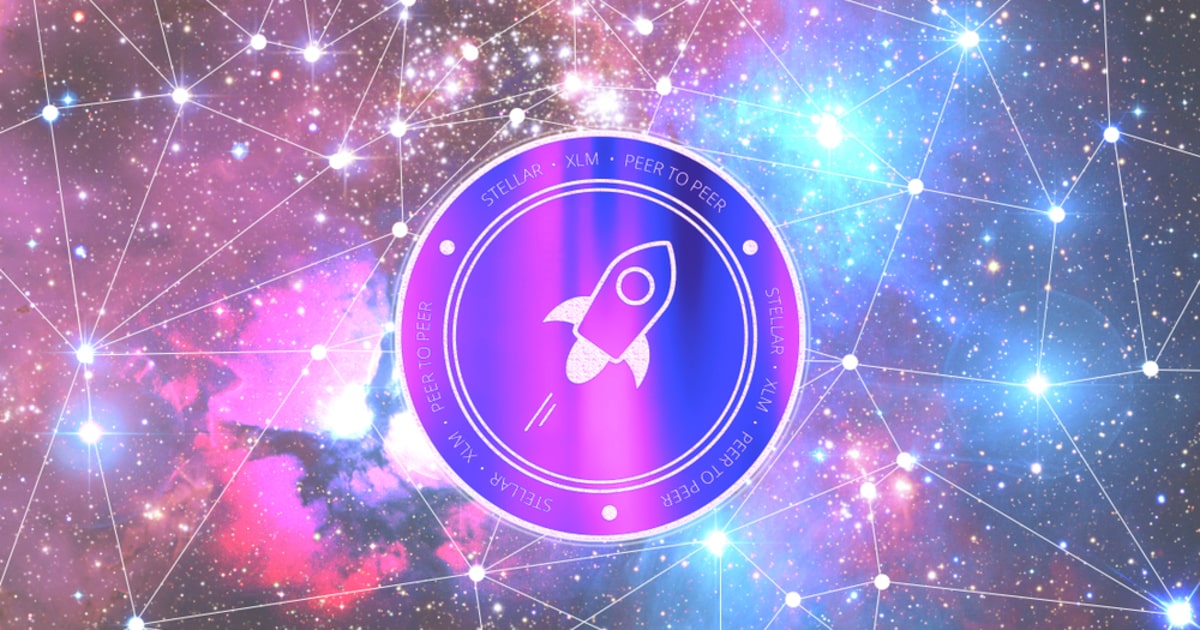


Comments